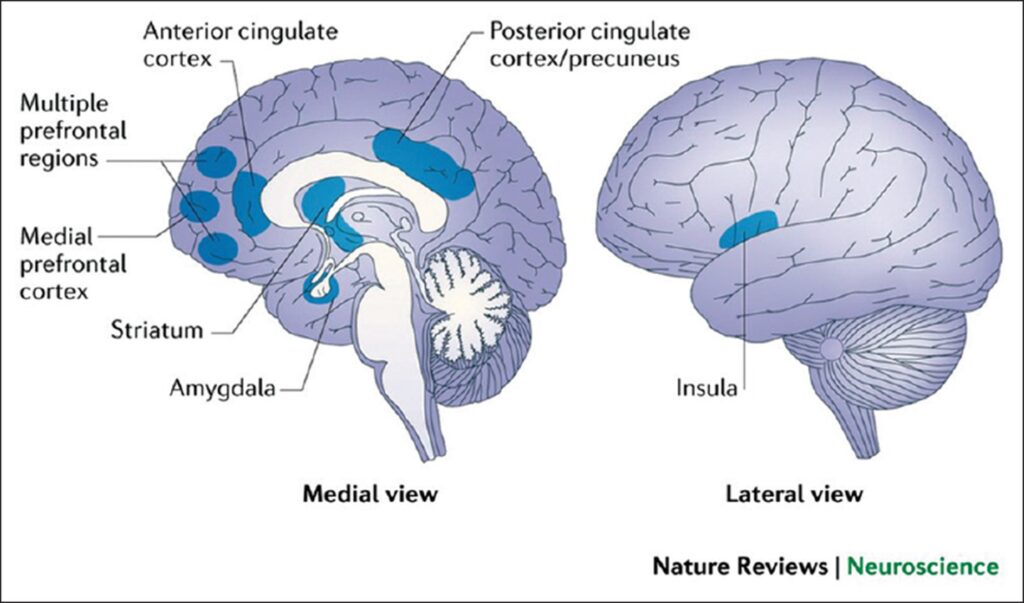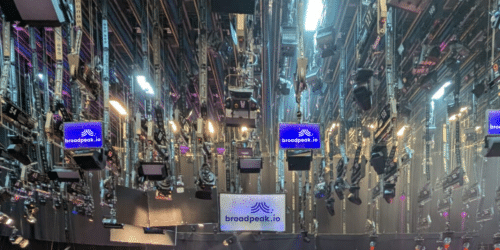Something weird has been in the works since streaming starts being more popular. It has become harder and harder for people to choose something to watch.
Do you know how much time viewers spend daily searching for video content? Following this study, on average, 23 minutes a day! Shocking, isn’t it?
This study was made in 2016, there are much more streaming services available today, and the time spent in choosing what to watch must also be considerably increased at the very least.
Do you know what to do with this time your viewers spend? Have you never heard that time is money? Ask yourself:
- What your video service is doing about that?
- Are you adressing this waste of missed revenue opportunity?
- What do you do to avoid the frustration, the session abandonment, and the viewer churn associated with this?
In this blog post, we will review what dynamics are in motion behind this situation and what you can do about it.

First, let’s review the science behind it.
Before streaming, our TV was mostly live, and shows/movies were scheduled on a specific timeline that you could hit or miss.
We were choosing between a dozen channels and watching what was already playing on TV. We had no choice; TV was a time to relax without overthinking.
Now, you lay down on your couch, comfortably pull your blanket over you, and start browsing and browsing to find something to watch.
How do you explain that scientifically?
- The paradox of choice, as described by Barry Schwartz in this TED
- The experience here is the famous “there are too many choices” which pushes you to keep scrolling. That’s what we call the Hick’s Law: the more options you have, the more you take time to act.

- You will also notice that more options do not mean more satisfaction. Alvin Toffler has discussed that we expect a certain number of good options for every specific need. When it’s over expectations, it stops getting better, and the satisfaction declines.
- Now, according to a study from the California Institute of Technology, it all comes down to your anterior cingulate cortex and striatum (yeah, I don’t know precisely what it means either ?).
- In your brain, the anterior cingulate cortex is responsible for cost-benefit analysis, and the striatum is responsible for determining value. These two brain sections see more activity when you must choose. If you have too many options, they are overloaded.

- Fear of commitment (or gamophobia)
- With video services that are “always on” and “on-demand,” you can start a movie anytime. So, your subconscious signals that “if you begin to watch something, you have to finish it.” It is stressful to pick something because you must commit to it.
Proposing a Leaning Back TV experience
We have seen lately in the industry a trend to propose more and more lean-back TV experiences: Frndly TV, Paramount +, …
It replicates the similar feeling of TV from the past, where viewers did not have to endure a lengthy content discovery process.
The two main current ways to propose that are:
- Create a Thematic channel, in particular, illustrated by the popularity of FAST channels
- Create a Personalized Virtual Channel, which is finally taking off using advanced technologies able to deal with an infinite number of users
These concepts are not new but implementing them at scale was always very costly. Previously, you needed additional encoding capacity for each new channel, with storage costs associated.
Today, with technologies like Manifest Manipulation, it is easier to do than before. It also helps to segment audiences and viewers using demographic data such as location, gender, type of customer, and age… that you can target with unique schedules, programs, and ads.
These channels can easily be available on platforms like Roku or CTVs. It can also be added as part of SVOD apps as an additional Live Channel that viewers can start consuming based on the schedule at this given time.
Benefits of lean-back practice
- For the viewers
- Of course, limiting the choices to have viewers in front of content faster.
- It has been proven that average viewer times have increased between 80-120%— doubling from less than a half hour to over an hour per session when you propose something lean-back.
- YouGov has found that 89% of people prefer to watch a channel customized to include content relevant to their interests.
- For the content owners and the distributors
- Increase the value and revenue associated with existing TV content (video-on-demand, live, trailers, ads) by reusing them in another way.
- Optimize the costs by avoiding new transcoding/packaging capacity for creating a new channel (if technology is used based on manifest stitching).
- Efficiently deploy redundant services for cloud backup or disaster recovery if you leverage the capacity to create virtual channels like existing ones.
- Better engagement (watch time vs. search time) from the subscribers.
How broadpeak.io can help
broadpeak.io can help you achieve a tailored lean-back TV experience using the Virtual Channel application. The application allows you to create a new channel by mixing VOD assets. You can add other Live events into the mix for the same price!
With this, you can make your content work harder to maximize your revenue and, at the same time, increase the engagement of your viewers.
From the implementation standpoint, you can follow the steps described in our knowledge center: you don’t need more than five!
And as mentioned above, our service does not require re-encoding any video content to create a programming schedule — optimizing your time and money. Instead, the solution stitches a list of video fragments in a live manifest based on your defined plan.
Once in place, to strengthen and build upon this lean-back experience, you can start with a simple Virtual Channel service and smoothly introduce Personalization over time. broadpeak.io lets you choose the granularity of your segmentation to go from broadcast mode to ultra-personalization at your own pace.
What’s more?
Creating a Virtual Channel perfectly complements our first application, Content Replacement. It will help deal with Content Distribution rights on top of making the channel itself. Leverage the fact that we are a one-stop shop for any manifest manipulation needs!
Moreover, if you add our DAIaaS on top, you can schedule and insert ads pre, post, and during content playback for additional monetization. Don’t miss the opportunity!
Photo by Daoud Abismail on Unsplash










